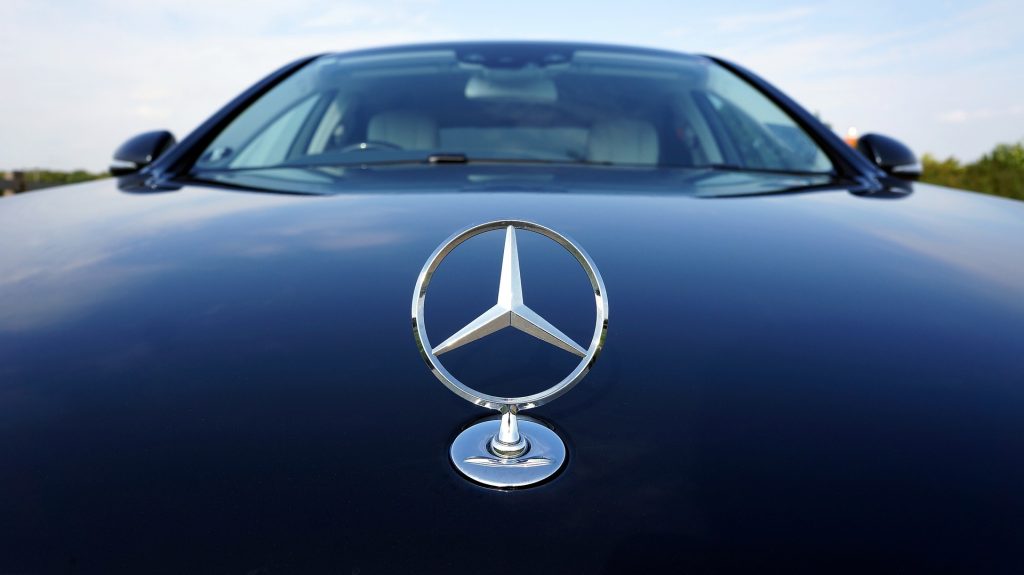Mercedes is ready to make changes.
Others are reading now
Mercedes’ electric cars have, until now, stood out distinctly from the rest of the lineup. But this will change.
Starting in 2026, the brand’s EVs will adopt a more traditional Mercedes design, according to CEO Ola Källenius.
Källenius shared this vision during an interview with Autobild, explaining that the shift marks a new era for the automaker.
“From 2026, we will see a permanent change in our design language,” said Källenius. “Our electric cars will visually align with the ‘classic’ Mercedes look, making them unmistakably recognizable as a Mercedes.”
Also read
One example of this evolution is the updated EQS, where the iconic Mercedes star takes center stage once again.
The change doesn’t stop with appearances.
Mercedes is also rethinking how it names its EVs. The EQ branding, which distinguishes electric models, is being phased out. Instead, future EVs will be integrated into the existing model lineup. For instance, the upcoming S-Class will be offered as both a fully electric vehicle and a hybrid.
Investments in Hybrids
Mercedes is doubling down on its hybrid technology.
Earlier this year, the company announced a significant investment—several billion dollars—into developing hybrid systems that can drive much farther on electric power alone.
This is part of a larger strategy to balance its EV ambitions with consumer demand for hybrids, while also responding to evolving market conditions.
Financial Pressures and Cost-Cutting
Despite these ambitious plans, Mercedes is navigating significant financial challenges. The company announced as early as 2022 that it would aim to cut operational costs by 15–20%. By 2023, it had achieved a 16% reduction compared to 2019 spending levels.
Mercedes isn’t alone in making tough decisions.
Bosch, one of the largest suppliers to the auto industry, recently announced plans to lay off 5,500 employees as part of its own cost-cutting measures.


